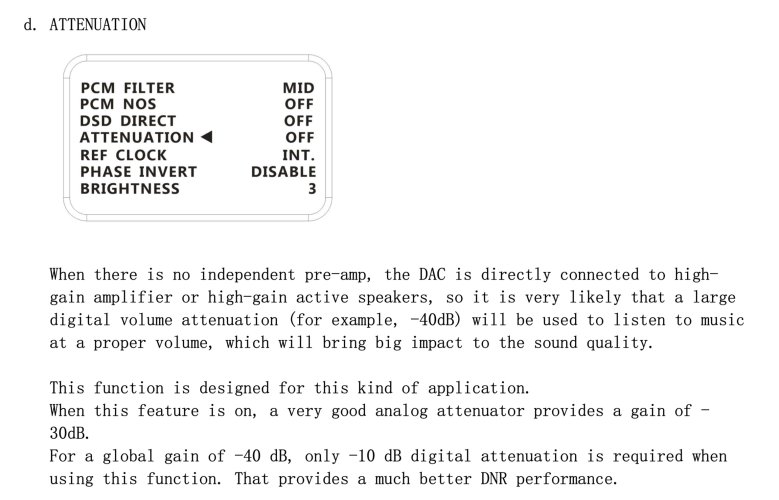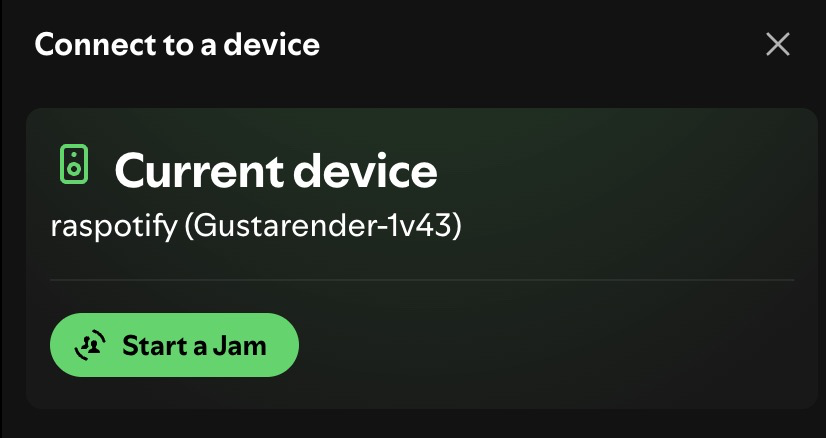Thanks - that file is really good. I'll need to read it again to fully take it all in.
The one thing it doesn't really answer though is the Gustards 1bit architecture and the R2R ladder. None of the diagrams have that example in line with the Gustard's architecture, where the Gustard uses it's 1 bit DAC and then uses the R2R ladder to do the final d/a work..
It seems a bit of a contradiction really. I would of thought the 1 bit DAC would of done the full conversion, without the need for the R2R ladder? That's why I'd love to know more about the technical details behind why the Gustard manual says with 'DSD Direct on', the file still goes through the R2R ladder. I always thought the ladder was for PCM conversion and wasn't needed for DSD direct?
My knowledge here is not great so would love to know more.
I think that maybe the manual meant to say “resistors” instead of “ladder”
Unless The DSD DAC also uses the resistors of the ladder.
In this photo I believe we have a combo of B and D. That “optimization for analog filter” the R26 I believe is calling an interpolation fir filter.
This linked article has good info on why these types of filters are needed to reduce DSD noise.
http://s-audio.systems/dsd-filter/?lang=en
























